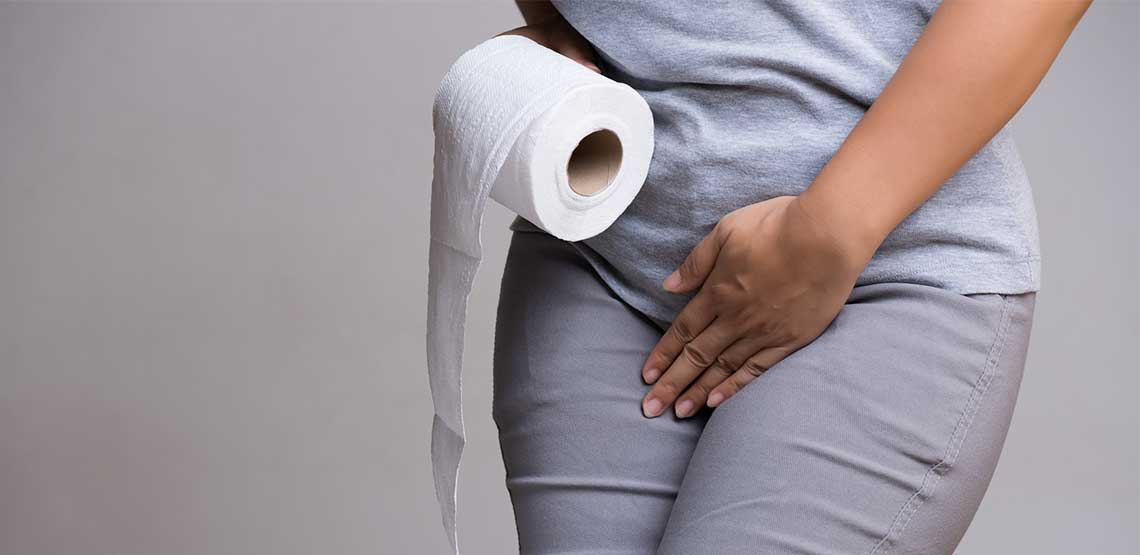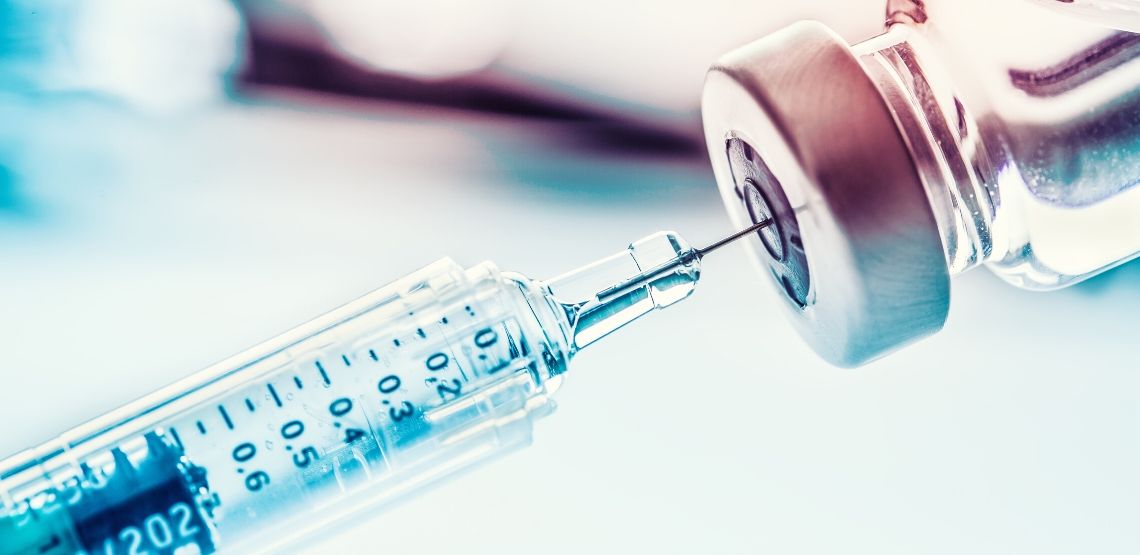How You Can Stop the Leakage
An overactive bladder is not something you have to live with as there are many different treatment options and ways to manage symptoms, along with trustworthy products (Comfort Medical and PureWick).
Symptoms of Overactive Bladder
An overactive bladder is not simply just a frequent need to urinate but is an umbrella term for several more specific types of overactive bladder symptoms all described by this term.
These symptoms include:
- Urgency: this is where you feel like you have to immediately relieve yourself and can’t wait or hold your urine. When you feel this, you will have a limited time to get to the nearest bathroom, which can make travel, social events or even something as simple as running errands unpleasant.
- Frequency: a person with a healthy bladder may need to urinate several times throughout a given day, but for someone living with an overactive bladder, the need can be extremely often and frequent — up to eight times in a day, or more.
- Nocturia: this term describes a regular need to get up and urinate at least twice or more during a given night, disrupting your sleep cycle and interfering with getting good rest.
- Urgency Incontinence: this symptom describes an unintentional leaking of urine immediately after you first feel the need to go to the bathroom which can be embarrassing and unpleasant.
Causes of OAB
Before delving into potential treatment options for managing your OAB, what are the underlying causes of this condition?
Malfunctioning Nerves
One of the most common causes of overactive bladder has to do with malfunctioning nerves. With a normal, healthy bladder, nerves send signals to your brain as your bladder fills up, letting your brain know it’s time to empty your bladder. But with an overactive bladder, this nerve-to-brain signaling misfires.
This can be due to:
- Surgeries.
- Radiation.
- Multiple sclerosis.
- Stroke.
- Herniated discs.
- Parkinson’s disease.
Other Causes
Other potential causes for an overactive bladder are:
- Changes in hormone levels, such as during menopause.
- Damage to the bladder is caused by bladder stones or tumors.
- Side effects from certain medications.
- Weak pelvic muscles can be due to childbirth or pregnancy.
- Enlarged prostate.
- Constipation, which can put pressure on the bladder.
- Excessive consumption of alcohol or caffeine.
- Being overweight.
Related Search Topics (Ads)
The Difference Between OAB and UTIs
It’s worth noting, overactive bladders have some symptoms in common with another common condition that it’s often confused with — urinary tract infections (UTIs). Though they both cause a feeling of urgency around urination and a frequent need to go, UTIs are caused by an infection and once treated with antibiotics, will go away. Therefore, despite them often being mistaken for each other, they are completely different conditions.
Treatment Options
Clearly, an overactive bladder can be a deeply uncomfortable and embarrassing condition that can decrease the quality of life for those living with it.
Luckily, there are many options when it comes to treating or even ultimately healing your OAB. These options range from lifestyle changes to prescriptions. In all cases, your healthcare provider can discuss treatment options and help find the best one for you.
Comfort Medical vs. PureWick
Comfort Medical provides catheters inserted into the urethra to manage urinary incontinence internally, whereas PureWick offers an external catheter solution using an absorbent wick for non-invasive urine collection.
Lifestyle Changes
One common lifestyle intervention to try early on is to notice if your overactive bladder symptoms are worsened by certain drinks that are common instigators. This includes tea, coffee, citrus juices, artificially sweetened drinks, alcoholic drinks or soda. Try cutting them out and see how your symptoms improve.
Maintaining a healthy weight can also directly improve your overactive bladder symptoms, so focus on making healthy lifestyle choices like staying active, eating a healthy diet, etc.
If you smoke, quit, as this can worsen an overactive bladder since it irritates the bladder muscle.
Retraining the Bladder
Another route is retraining your overactive bladder that has gotten used to frequent urination. You may do this through a series of steps including postponing urination a little longer than comfortable, learning to control the urges, and setting a urination schedule for yourself to follow. This retraining process can take around eight weeks to kick in.
Prescription Medications
After trying lifestyle interventions such as these, your doctor may decide to prescribe medications that help control bladder muscle spasms. There are many prescription options your doctor can discuss with you.
Botox for Overactive Bladder
Another way to heal the underlying cause of your OAB, especially when no other approaches have been successful, is through nerve stimulation treatment. This can include administering Botox to the bladder wall itself, under anesthesia.
This is a quite successful treatment option for many. By directly injecting Botox, the bladder wall muscles are relaxed, so the overactive urges are controlled. This will last around six months, and then repeat treatments will be needed.
Your doctor will be able to help you weigh the benefits and the risks and help you determine if Botox for an overactive bladder is a good option for you.
Be sure to speak with your healthcare provider to find a treatment plan tailored to your individual needs.
In Conclusion
For those with a healthy bladder, you can go throughout your day without giving much thought to your bladder’s function. But for those living with an overactive bladder (OAB), it becomes impossible to ignore, and can even make it hard to live a normal life. An overactive bladder is one that, due to a variety of causes ranging from medication to cognitive issues, creates a frequent and often urgent need to urinate.
An overactive bladder can create not only physical discomfort but can be embarrassing, and upsetting and cause you to withdraw and isolate yourself from social settings.
It’s nothing to be embarrassed about though, and OAB is actually extremely common. Between 30 to 40% of both men and women experience these symptoms.


